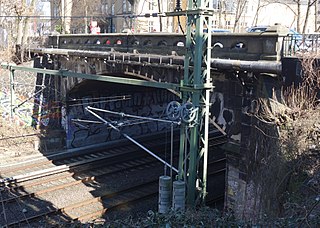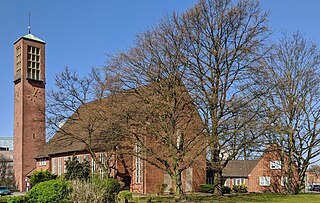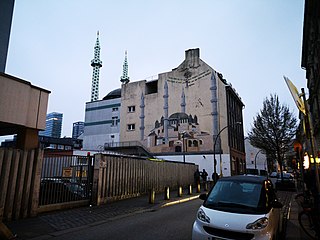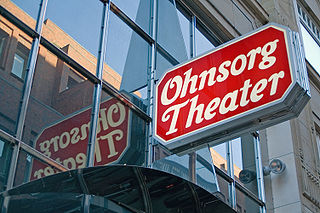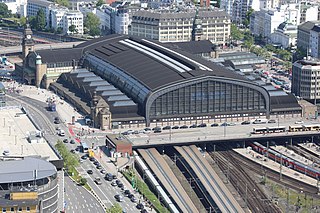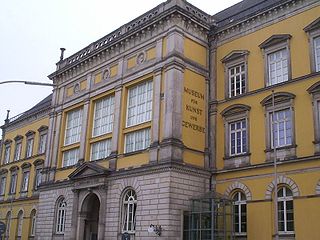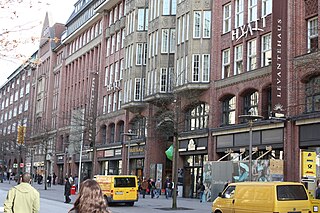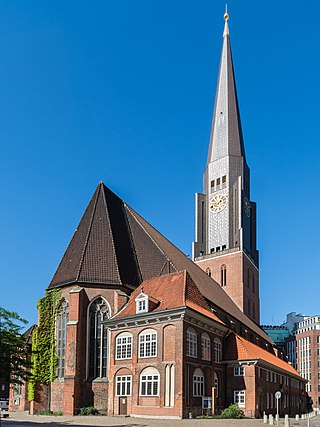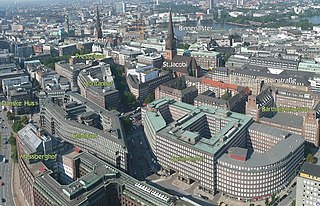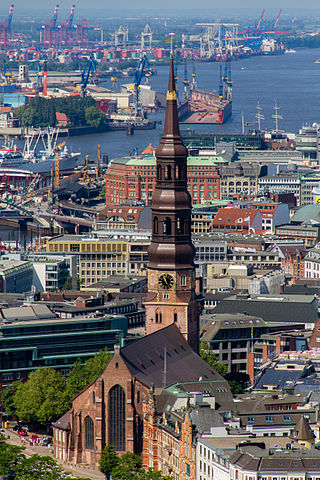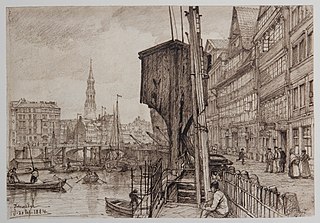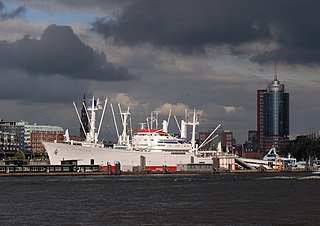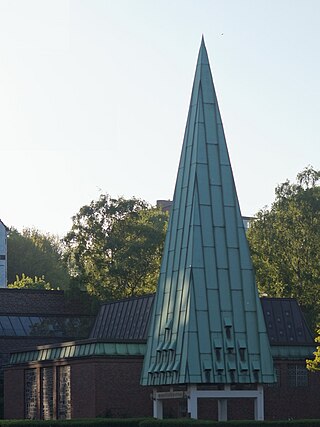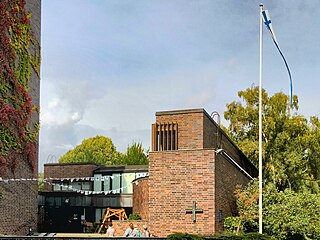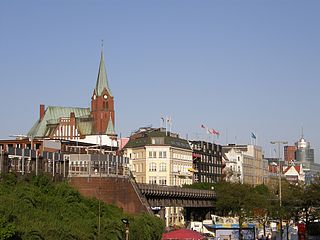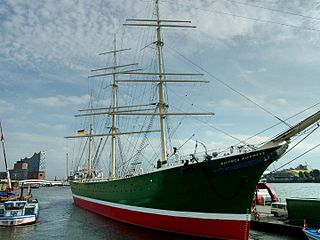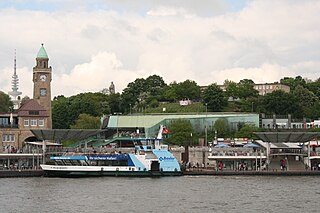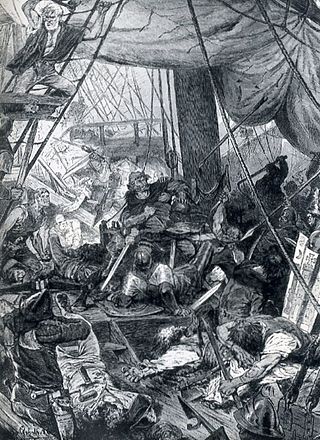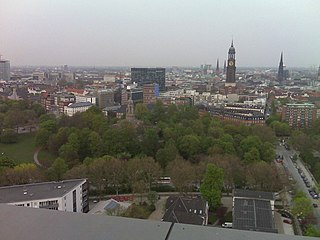Self-guided Sightseeing Tour #10 in Hamburg, Germany
Legend
Guided Free Walking Tours
Book free guided walking tours in Hamburg.
Guided Sightseeing Tours
Book guided sightseeing tours and activities in Hamburg.
Tour Facts
10.8 km
191 m
Experience Hamburg in Germany in a whole new way with our free self-guided sightseeing tour. This site not only offers you practical information and insider tips, but also a rich variety of activities and sights you shouldn't miss. Whether you love art and culture, want to explore historical sites or simply want to experience the vibrant atmosphere of a lively city - you'll find everything you need for your personal adventure here.
Activities in HamburgIndividual Sights in HamburgSight 1: Alfredstraße
The Alfredstraßenbrücke is a listed road bridge in the Hamburg district of Borgfelde. It runs over the tracks of the Hamburg–Lübeck long-distance railway line and the S-Bahn line 1 in the direction of Ohlsdorf and Poppenbüttel.
Sight 2: Erlöserkirche Borgfelde
The Church of the Redeemer in the Hamburg district of Borgfelde belongs to the Evangelical Lutheran parish of St. Georg-Borgfelde. It is the first new church building in Hamburg after the destruction of the Second World War. Today, it is mainly Christians from Ghana who celebrate their services in the Church of the Redeemer.
Sight 3: Feuer- und Rettungswache Berliner Tor
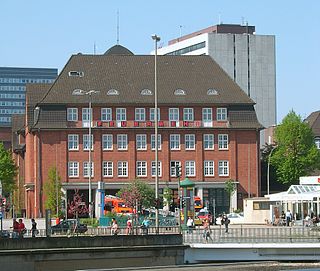
The main fire station Berliner Tor is a listed office building of the Hamburg Fire Brigade at the Berliner Tor in Hamburg-St. George.
Sight 4: Centrum Moschee
The Hamburg Central Mosque is a mosque founded in 1977 by Association of Mosques and located in the Hamburg-St. Georg in Hamburg. «Islamic community of Hamburg — Centrum-Moschee e.V.» is a founding member of Alliance of Islamic Communities in Northern Germany (BIG) and member of Schura Hamburg, with which the State of Hamburg maintains State Treaty. On February 27, 2016, the Muslim theologian Mehmet Karaoglu was elected imam as chairman of the Central Mosque. He is also President of IGMG -Hamburg and Chairman of BIG. Fatih Yildiz was elected as a deputy. Karaoglu and Yildiz replaced the previous chairman and imam Ramazan Ucar and his deputy Ahmet Yazici after almost two decades.
Sight 5: Deutsches Schauspielhaus

The Deutsches Schauspielhaus, sometimes referred to as the Hamburg Schauspielhaus or Hamburg Theatre, is a theatre in the St. Georg quarter of the city of Hamburg, Germany
Sight 6: Ohnsorg Theater
The Ohnsorg-Theater in Hamburg, Germany, is a stage for plays run after the British system of repertory theatre with up to six produced plays per season. Plays are exclusively performed in low German (Platt). They play a major role in spreading the knowledge and, in recent times, renewed appreciation of this minority language. Exceptions played in standard German (Hochdeutsch) are only made for television broadcasts. These broadcasts, by the regional Norddeutscher Rundfunk (NDR) and the nationwide ARD have made the theatre and its former main star Heidi Kabel popular across Germany and beyond.
Sight 7: Hamburg Hauptbahnhof
Hamburg Hauptbahnhof, or Hamburg Central Railway Station in English, is the main railway station of the city of Hamburg, Germany. Opened in 1906 to replace four separate terminal stations, today Hamburg Hauptbahnhof is operated by DB Station&Service AG. With an average of 550,000 passengers a day, it is Germany's busiest railway station and the second-busiest in Europe after the Gare du Nord in Paris. It is classed by Deutsche Bahn as a category 1 railway station.
Sight 8: Museum für Kunst und Gewerbe Hamburg
The Museum für Kunst und Gewerbe Hamburg is a museum of fine, applied and decorative arts in Hamburg, Germany. It is located centrally, near the Hauptbahnhof.
Wikipedia: Museum für Kunst und Gewerbe Hamburg (EN), Website
Sight 9: Levantehaus
The Levantehaus is an office building in the city center of Hamburg (Hamburg-Altstadt), Mönckebergstraße 7. The name Levante refers to the first major tenant of the business premises, Deutsche Levante Schifffahrts-Linie, as well as other shipping companies based here and focused on the eastern Mediterranean. A stylized sun symbol is the registered and protected trademark of the current owner, the GbR Levantehaus.
Sight 10: Evangelisch-lutherische Hauptkirche St. Jacobi
The St. Jacobi Church is one of the five main Evangelical Lutheran churches in Hamburg. Despite many changes in the course of history and massive destruction in the Second World War, the church is one of the few preserved medieval buildings in the city centre. It is a protected cultural property under the Hague Convention.
Sight 11: Helmut-Schmidt-Haus
The Kontorhaus District is the southeastern part of Altstadt, Hamburg, between Steinstraße, Meßberg, Klosterwall and Brandstwiete. The streetscape is characterised by large office buildings in the style of Brick Expressionism of the early 20th century.
Sight 12: Miramar-Haus
The Miramar House is a historic Kontorhaus in Hamburg, built in the style of Brick Expressionism of the 1920s. It is located in the Hamburg-Altstadt district. The house has been a listed building since 1999. It is part of the UNESCO World Heritage Site Kontorhaus District.
Sight 13: Meßberghof
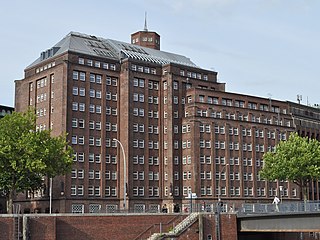
The Meßberghof – until 1938 Ballinhaus – is an office building built between 1922 and 1924 in Hamburg. The listed building is located on the Meßberg between the streets Pumpen and Willy-Brandt-Straße and has been part of the UNESCO World Heritage Site Speicherstadt and Kontorhausviertel since 2015.
Sight 14: Hauptkirche St. Katharinen
Sankt Katharinen is one of Hamburg's five main churches. Its tower shaft from the 13th century is considered the oldest upright building in Hamburg that still fulfils its function. It is located opposite the Speicherstadt on the street Bei den Mühren and is considered the church of sailors due to its proximity to the harbour.
Wikipedia: Hauptkirche Sankt Katharinen (Hamburg) (DE), Website
Sight 15: Auf dem Sande
The Kehrwieder is one of the former islands in the Hamburg city area and belongs to the HafenCity district. Geographically, it lies in the river splitting area of the Lower Elbe and is the northern Grasbrook. In 1532, it was incorporated into the fortified town together with the neighbouring island of Wandrahm.
Sight 16: Flussschifferkirche
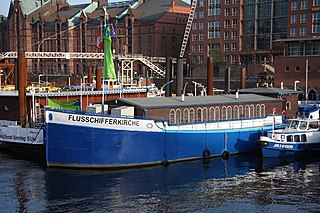
The Flussschifferkirche is a Protestant church in Hamburg, Germany, which was built on a Weser barge built in 1906 and decommissioned.
Sight 17: Flüggerhaus
The Flüggerhaus is a Kontorhaus in Hamburg-Altstadt built in 1908. The building is a registered monument. The listed building ensemble on the Rödesmarkt consists of four houses. In 2019, the Austrian Signa Holding acquired the Flüggerhaus and several neighboring buildings, which should be restored and modernized under the project name "Flüggerhöfe". The completion was originally planned for 2024, but the construction work came to a standstill after the Signa bankruptcy in autumn 2023. In July 2024, the Hamburg investor Harm Müller-Sreer acquired the flanted yards to continue the renovation.
Sight 18: Deichstraße
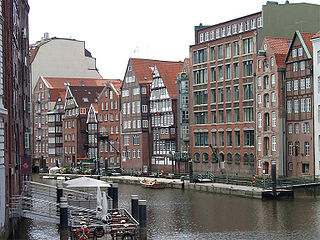
Deichstraße is the oldest remaining street in the Altstadt of Hamburg, Germany and a popular visitor attraction in the city.
Sight 19: Fleetstreet Hamburg
Fleetstreet is a theatre in Hamburg, Germany.
Sight 20: Elbhof
The Elbhof office building, Steinhöft 9, near the Baumwall in Hamburg's Neustadt district, was built between 1904 and 1905 according to plans by the architect Walter Martens for AEG.
Sight 21: Sir William Lindley
William Lindley, was an English engineer who together with his sons designed water and sewerage systems for over 30 cities across Europe.
Sight 22: Cap San Diego
MS Cap San Diego is a general cargo ship, situated as a museum ship in Hamburg, Germany. Notable for her elegant silhouette, she was the last of a series of six ships known as the White Swans of the South Atlantic, and marked the apex of German-built general cargo ships before the advent of the container ship and the decline of Germany's heavy industry.
Sight 23: Benediktekirken
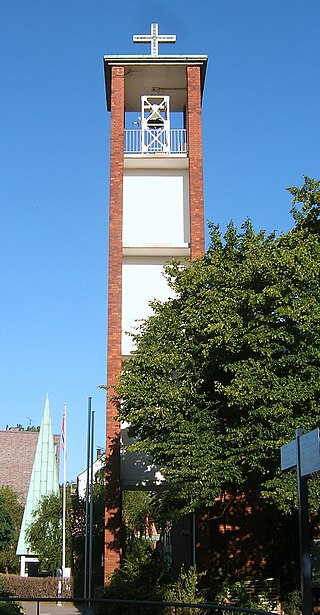
The Danish Seamen's Church in Hamburg or Benediktekirken is the Danish church in Hamburg.
Sight 24: Norwegische Seemannskirche
The Norwegian Seamen's Church is an Evangelical Lutheran seamen's church in Hamburg, Germany. It belongs to the Diocese of Bjørgvin in Bergen, along with 27 other seamen's churches via the Sjømannskirken – Norsk kirke i utlandet. The buildings in Hamburg are protected as cultural monuments.
Sight 25: Finnische Seemannskirche
The Finnish Seamen's Church is a church in the Neustadt district of Hamburg, Germany. Their task is to look after Finnish seafarers; however, it also includes Finnish long-distance drivers in its work and is also a local church for the Finns living in Hamburg and the surrounding area. The Finnish Society for Seamen's Mission, as the sponsor of the Hamburg Church, has concluded an agreement with the Evangelical Lutheran Church of Finland. Once a month, the congregation celebrates a Sunday service, usually with Holy Communion, and a devotion every week.
Sight 26: Gustaf-Adolfskyrkan
The Gustav Adolf Church is a church building in Hamburg-Neustadt, Germany. It belongs to the Church of Sweden, and was built between 1906-1907.
Sight 27: Rickmer Rickmers
Get Ticket*Rickmer Rickmers is a sailing ship permanently moored as a museum ship in Hamburg, near the Cap San Diego.
Sight 28: Stintfang
The Stintfang is a 26-metre-high hill on the right (northern) bank of the Elbe in Hamburg, Germany. It is a remnant of the former Hamburg ramparts and an important landmark in Hamburg's cityscape due to its exposed location above the St. Pauli Landungsbrücken. The youth hostel located on the Stintfang and the viewing platform in front of it with a view of the port of Hamburg are particularly well-known.
Sight 29: Simon von Utrecht
Simon of Utrecht was a warship captain of the Hanseatic League during the Middle Ages. He was probably born in Flanders, but emigrated to Hamburg, Germany, where he received citizenship in 1400. He became famous for his participation in the capturing the pirate Klaus Störtebeker in 1401.
Sight 30: Alter Elbpark
The Old Elbe Park in Hamburg is a listed public green space between the districts of Neustadt and St. Pauli. It is part of Hamburg's historic ramparts and connects the Planten un Blomen park to the north with the Stintfang, a prominent hill above the St. Pauli Landungsbrücken. The Old Elbe Park is dominated by the Bismarck monument erected in 1906 by the sculptor Hugo Lederer. The name Alter Elbpark has also existed since 1906.
Share
How likely are you to recommend us?
Disclaimer Please be aware of your surroundings and do not enter private property. We are not liable for any damages that occur during the tours.
GPX-Download For navigation apps and GPS devices you can download the tour as a GPX file.
